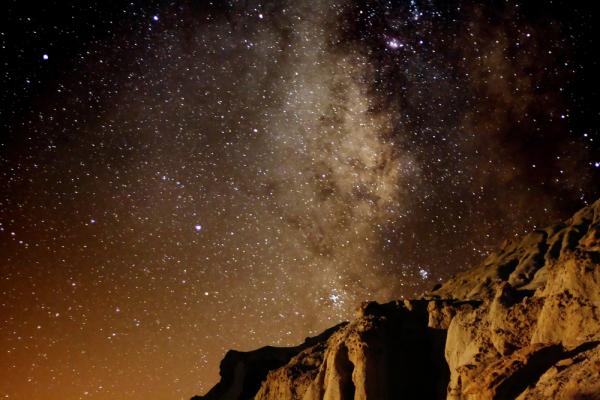In February, President Obama designated 1.8 million acres of wild California desert as national monuments: Mojave Trails, Sand to Snow, and Castle Mountains. The California desert is a holy place, filled with spiritual values and important lessons. As Christians, this is a significant event. We know Jesus’ spiritual path included spending time in the desert wilderness to contemplate his purpose. Now, we, like Jesus and so many others, can have the beauty, solitude, dark night skies, and wild nature of the desert from which to draw inspiration, practice our faith, and grow better.
The California desert is a place where these elusive values remain, and they are vital for humankind. We have a spiritual heritage to protect, and with these three monument designations, Christian communities will forever have these living sanctuaries where we can practice our faith.
Read the Full Article

